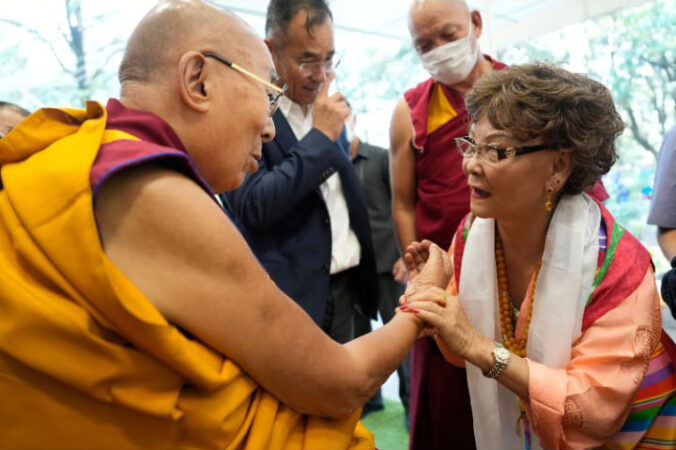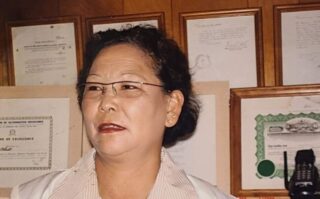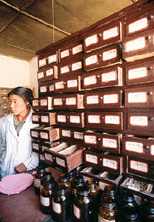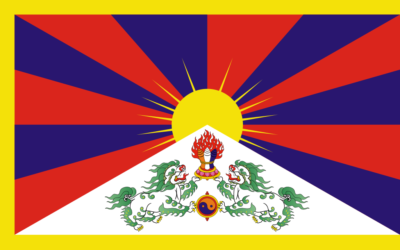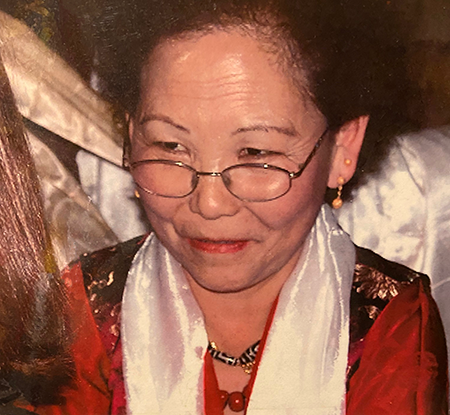In the 7th century, King Songsten Gampo adopted Buddhism in Tibet. He was responsible for the international medical conference in Tibet, inviting physicians from India, China, Nepal, Byzantium and Persia to translate their medical texts into Tibetan. The ideas exchanged and knowledge imparted became the founding of what is now considered one of the oldest complete medical systems in the world.
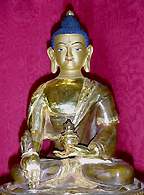
The core of this medical system is based on the unique concept of healing as Menla, the Medicine Buddha developed by Buddhist philosophy, (which sees the mind as inextricably linked to all phenomena, including illness and wellness). The Tibetans expanded and combined practices from the foreign medical texts into a whole array of ideas and concepts along with actual treatments and medications. This first international conference during the 7th century developed into a complex system of healing which interweaves spiritual, ‘magical’ and rational healing practices based on the view of health as a harmonious balance between Man’s deep relationship with his physical, mental, spiritual and natural worlds.
The Tibetan medical system developed a vast body of medical literature, the oldest surviving written system of medical psychiatry, an enormous herbal pharmacopoeia and a complete system of diagnosis and treatment. The diverse and complex elements that constitute Tibetan medicine — its highly refined ethical principles, its philosophical and psychological structure – created a sub-culture of medical practitioners that hold themselves up to the highest standards of practice on both a psychological and, in many cases, spiritual plane.
The three Nye-Pas or the three poisons of delusion which constitute the human types and associated illnesses:
| Rlung associated with the wind element | Ruled by Desire |
| Mhris-Pa associated with the fire element | Ruled by Hatred |
| Bak-Dan associated with the earth & water elements | Ruled by Delusion |
The preliminary study of Tibetan Medicine is taken from four volumes of Tantric Medical texts written by Gyushi in the 11th Century, and transcribed by Desi Rinpoche in the 17th Century during the reign of the Fifth Dalai Lama. The medical knowledge was also painted as a guide on a series of 79 thangkas, which detailed all aspects of Medical practices. These cover all aspects of the texts, including the vast pharmacopoeia, the body in health and disease, diagnosis, treatment, particular types of disease, and the qualities and ethics a physician should have.
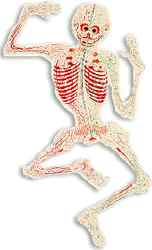
There are many aspects of treatment, which in understanding the depth and breadth of the knowledge needed to practice Tibetan Medicine, involves years of study. Several methods are used for diagnosis, including the art of pulse taking, which are described as “reading the force of the wind on the waves (blood).”
Urine analysis for diagnosis and the preparation of medicines derived from plants, minerals, and (rarely) animals is also a large part of the diagnostic and treatment methods used in this traditional medical practice.
It is said that: “The doctor is responsible for healing the disease. Giving advice is also up to the doctor. The patient is responsible for the causes and must curb them to maintain / restore their health.”
His Holiness, the Dalai Lama speaks of the correlation between Tibetan Medical Practice and Buddhism, in regard to their being separate, but if the physician is a practicing Buddhist, then prayers and mantras may be recited during the preparation of medicines and dispensation of treatment, to further purify the causes of illness. In addition, if the patient is Buddhist, prayers and mantras may be recited at these times also, to enhance the psycho-spiritual potency of the treatment.
The qualities looked for in a physician are outlined in the Root Tantra:
- An analytical mind with some intuitive knowledge
- Exhibit compassion and possess a good heart
- Exhibit respect for medical ethics and a commitment to the profession
- Exhibit no revulsion when seeing bodily fluids
- Consider all medicines and medical scriptures as wish fulfilling jewels, including blessings according to proper rituals
- Must have patience in body speech and mind
- Exhibit a continued effort to learn and gain experience
- Their manner should be gentle and contented and helpful toward the destitute
- The physician should know by heart the causative factors of diseases and their proper treatment
The definition of the physician is one who heals all pain and practices medicine to promote good health. It is noted in the text that the concentration required when seeing a patient is the same as the concentration needed by a person walking on a wall with a bowl of milk and butter on his head, threatened with death if a single drop is spilled.
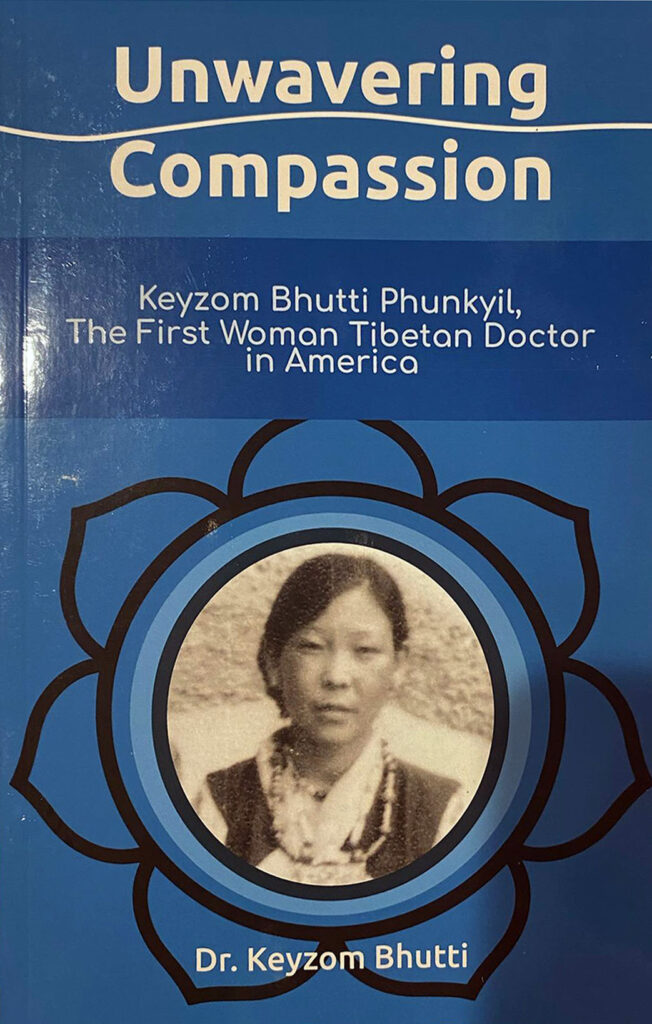
Keyzom Bhutti Phunkyil, The First Woman Tibetan Doctor in America

